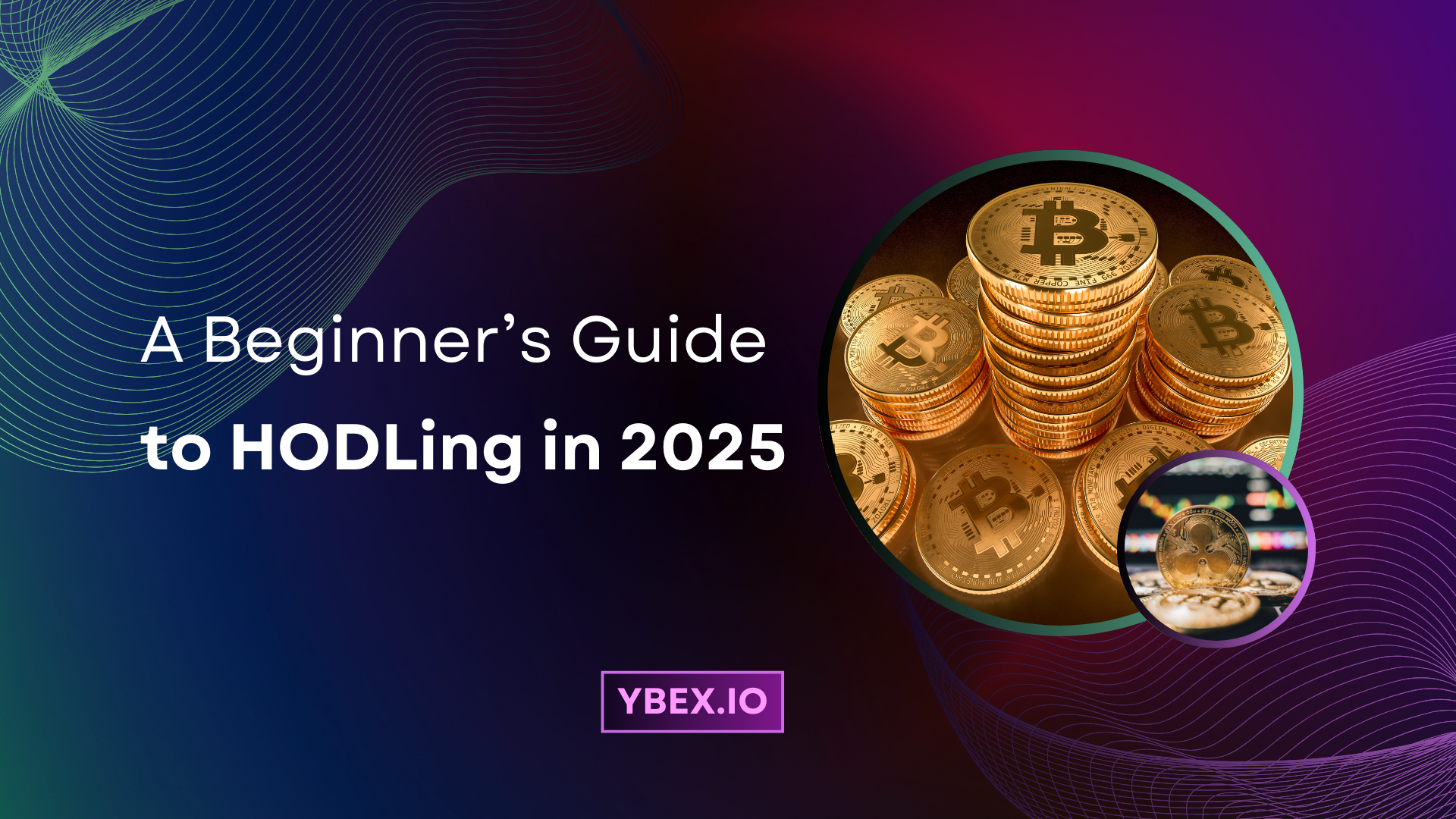
HODLing — buying Bitcoin and holding through volatility — remains the crypto market’s dominant strategy in 2025, according to a fresh Cointelegraph explainer that revisits the term’s origin, the psychology behind long-term conviction, and today’s investor toolkit from recurring purchases to custody choices. The piece argues that despite a more institutional, ETF-driven market, the simple buy-and-hold approach still best captures Bitcoin’s long-run thesis.
From typo to thesis
“HODL” began life as a misspelling of “hold” in a late-night 2013 Bitcointalk forum post titled “I AM HODLING,” written after a brutal one-day plunge. The post became crypto lore and a shorthand for staying the course in a hyper-volatile market. That origin story still matters: hodling is less a trading signal than a behavioral commitment to avoid selling into fear or chasing tops. The canonical post is preserved on Bitcointalk; mainstream references (like Investopedia) later backfilled the “Hold On for Dear Life” acronym, but the typo came first.
What the data says in 2025
On-chain metrics continue to show a large cohort of steadfast holders. Glassnode’s long-term holder supply charts track the portion of circulating BTC held for 155+ days, a proxy for conviction investors; that share remains elevated in 2025. Their latest “Week On-Chain” notes persistent accumulation zones around six-figure spot levels, even as futures and ETF flows cool, suggesting investors with longer horizons are absorbing supply on dips.
Fidelity Digital Assets adds another lens: “ancient” supply (coins untouched for 10+ years) now exceeds 17% of all issued BTC, a figure that has continued to rise. The takeaway is straightforward — an ever-larger slice of Bitcoin looks functionally illiquid because the owners simply don’t move it. That illiquidity underpins the hodler narrative.
Cointelegraph’s explainer places that steadfastness in a new macro: spot Bitcoin ETFs, institutional mandates, and sovereign treasuries have brought buy-and-hold behavior into the mainstream. Independent trackers show U.S. spot Bitcoin ETF assets have swelled into the tens of billions, with daily flow swings that influence short-term price action but don’t appear to shake long-term trends.
Psychology, simplified
The article anchors hodling in behavioral finance: loss aversion and the dangers of over-trading volatile assets. In crypto, 10–20% daily moves are not exotic; trying to time every swing invites emotional errors. For many investors, dollar-cost averaging (DCA) paired with cold storage is the practical expression of hodling — automating buys at fixed intervals and refusing to micromanage entries. Coinbase’s primer frames DCA as a way to smooth volatility’s impact and remove guesswork.
Tools hodlers actually use
Hodling no longer means “buy and forget.” The 2025 stack includes:
- Self-custody via hardware (Ledger, Trezor) or multisig setups for estate planning and recovery.
- Institutional custody for larger balances (e.g., Fidelity Digital Assets, Coinbase Custody, BitGo), where insurance and governance matter.
- Automation (Swan, River) for recurring buys, and portfolio tools that monitor progress without exposing private keys.
Cointelegraph’s rundown mirrors how the market itself has professionalized: there are more compliant venues, more belt-and-suspenders custody options, and more automated rails for ordinary investors to behave like institutions.
The ETF effect — and why hodlers still set the tone
Spot ETFs introduced an institutional on-ramp that can swing flows week to week. Data aggregators like Farside track these net inflows/outflows; streaks of positive flow have coincided with strong price action, while outflow days have cooled momentum. Even so, on-chain cohorts — the very definition of hodlers — continue to remove supply from trading venues, cushioning drawdowns and tightening float when risk appetite returns.
Meanwhile, TradFi’s re-engagement with Bitcoin custody reinforces long-term positioning. Just this week, U.S. Bancorp said it would relaunch institutional BTC custody with NYDIG as sub-custodian, reflecting a broader normalization of Bitcoin in treasury operations and ETF infrastructure. Hodling has moved from meme to mainstream policy.
Risks the explainer doesn’t ignore
Hodling is not risk-free. Cointelegraph flags regulatory pressure, the rise of CBDCs, and competing on-chain yield (like tokenized T-bills) as forces that can siphon attention and liquidity. Environmental debates persist despite claims that a majority of mining now taps renewable energy. For would-be hodlers, the operational risks are more immediate: self-custody requires competence; losing a seed phrase means losing funds. And tax rules in many jurisdictions treat crypto-to-fiat or even crypto-to-crypto as taxable events — good records matter.
Why this strategy endures
The reason buy-and-hold keeps winning is mechanical and human. Mechanically, Bitcoin’s supply schedule is capped and disinflationary; every four years, issuance halves toward the 2140 endpoint. Humanly, fewer decisions often beat many decisions in volatile markets. Put together, a disciplined DCA plan that flows to cold storage still maps cleanly to Bitcoin’s design and investor psychology in 2025.
Conclusion
Cointelegraph’s explainer argues that hodling isn’t nostalgia — it’s the baseline strategy in a market that’s now institutional, regulated, and measurable on-chain. The data is directionally supportive: ancient supply growing, long-term holder balances elevated, ETFs absorbing demand on good days without materially loosening long-term hands. For newcomers and allocators alike, the 2025 playbook is surprisingly familiar: automate buys, safeguard keys, and let time, not timing, compound the bet.